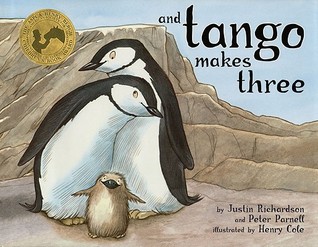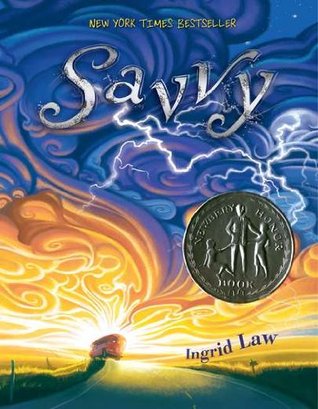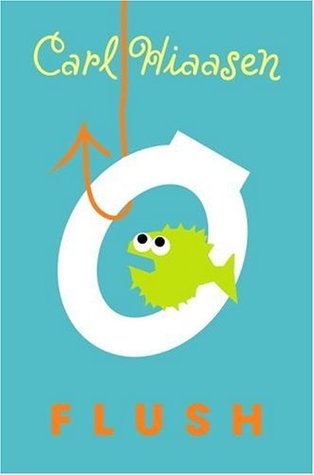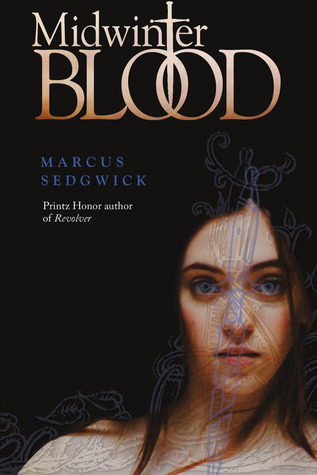Book Summary:
Roy and Silo aren’t like other penguins. Instead of finding
a nice female penguin to create a penguin family, they are happy with each
other’s company. The only problem is they are unable to lay their own egg to
raise a penguin chick. When an egg needs help to survive, the zookeeper gives
it to Roy and Silo to hatch and raise. They take great care of their egg, and
soon they have their own chick to feed and teach penguin ways. That chick is
named Tango, and together, they all make a family.
APA Reference of Book:
Richardson, J. & Cole, H. (2005). And Tango makes three. New York, NY: Simon and Shuster Books for
Young Readers.
Impressions:
This was a cute story about two animals who didn’t quite fit
the expected mold. It is interesting that there are so many objections to this
book as the story it tells really happened. I’m sure there was more to the real
life story, but the way it was presented in this book is easy to read and for
children to understand how things happened.
Tango’s story is short and straight-forward. Children will
enjoy reading about how her egg was saved and hatched by two penguins who were
unable to lay their own egg.
Professional Review:
Roy and Silo were "a little bit different" from
the other male penguins: instead of noticing females, they noticed each other.
Thus penguin chick Tango, hatched from a fertilized egg given to the pining,
bewildered pair, came to be "the only penguin in the Central Park Zoo with
two daddies." As told by Richardson and Parnell (a psychiatrist and
playwright), this true story remains firmly within the bounds of the zoo's
polar environment, as do Cole's expressive but still realistic watercolors (a
far cry from his effete caricatures in Harvey Fierstein's The Sissy Duckling0 ,
2002). Emphasizing the penguins' naturally ridiculous physiques while gently
acknowledging their situation, Cole's pictures complement the perfectly
cadenced text--showing, for example, the bewildered pair craning their necks
toward a nest that was "nice, but a little empty." Indeed, intrusions
from the zookeeper, who remarks that the nuzzling males "must be in
love," strike the narrative's only false note. Further facts about the
episode conclude, but it's naive to expect this will be read only as a zoo
anecdote. However, those who share this with children will find themselves returning
to it again and again--not for the entree it might offer to matters of human
sexuality, but for the two irresistible birds at its center and for the
celebration of patient, loving fathers who "knew just what to do."
Mattson, Jennifer (2005, May 15). And Tango makes three
[Review of the book And Tango makes three
by Justin Richardson and Henry Cole]. Booklist,
101(18), 1657. Retrieved from http://www.esebco.com/books/show/170731/searches/170731
Library Uses
Great for use when presenting the differences between
different types of families. Also could be used for a brief introduction to
penguins and how they interact and raise their young.














